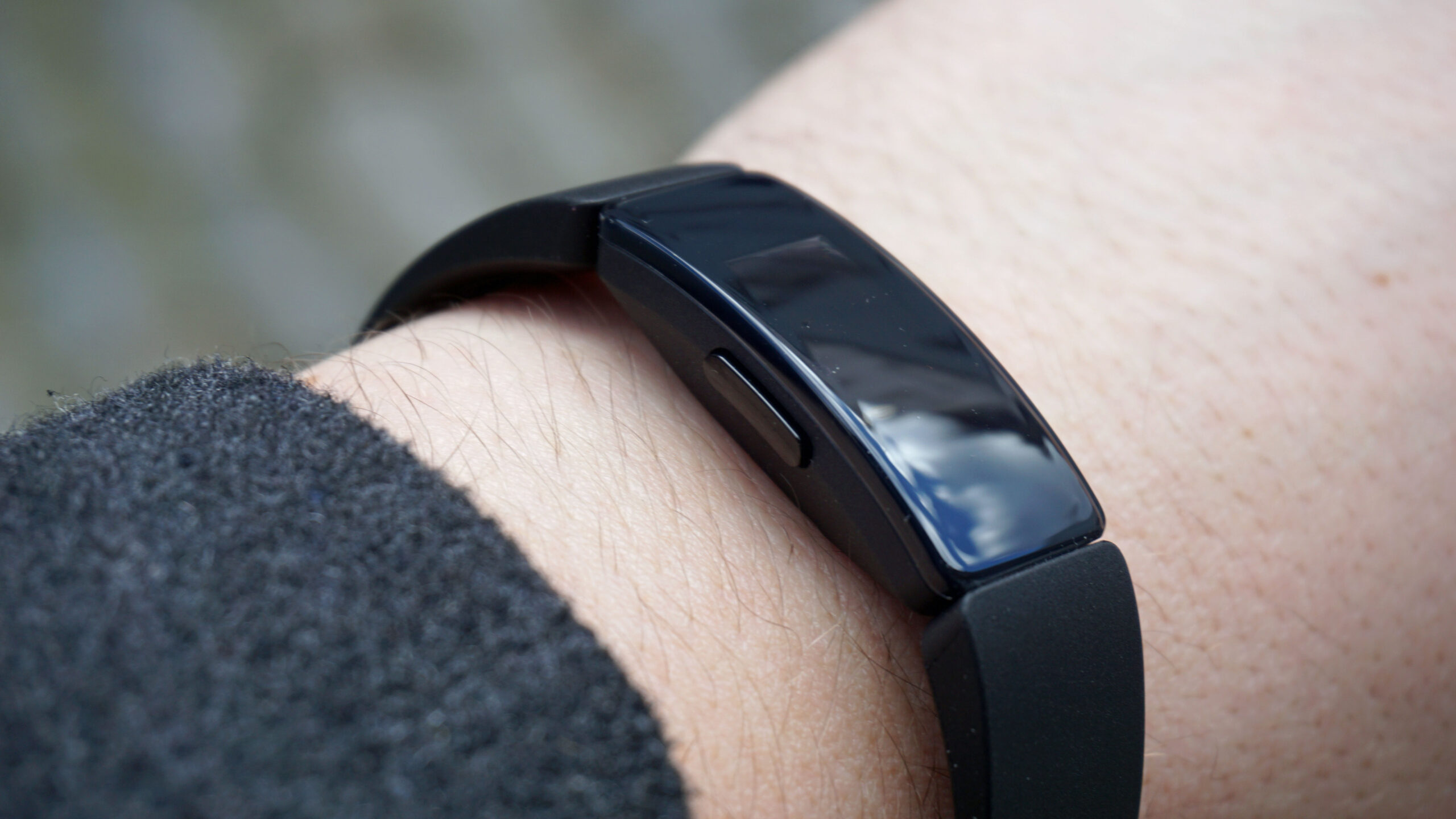There was a time, around 10 years ago, when you’d likely see a Fitbit or similar band-style fitness tracker on the wrist of every exercise enthusiast in the gym. They were great devices, the dominant form of wearable tech, with smartwatches still an interesting niche from brands such as Pebble.
Ten years later, having been spoiled by the best smartwatch releases, the world looks very different, with fitness fans having largely shifted to Apple, Samsung and Garmin. Smart rings are emerging as the discreet form factor of choice for the health-conscious; but they’re often prohibitively expensive.
And so we’re already seeing the slender, cheaper fitness trackers from the likes of Fitbit, Huawei, Samsung and Xiaomi starting to reappear – and I think it’s about to explode into a full-on “movement”. Here are five reasons why.
1. Battery life is longer
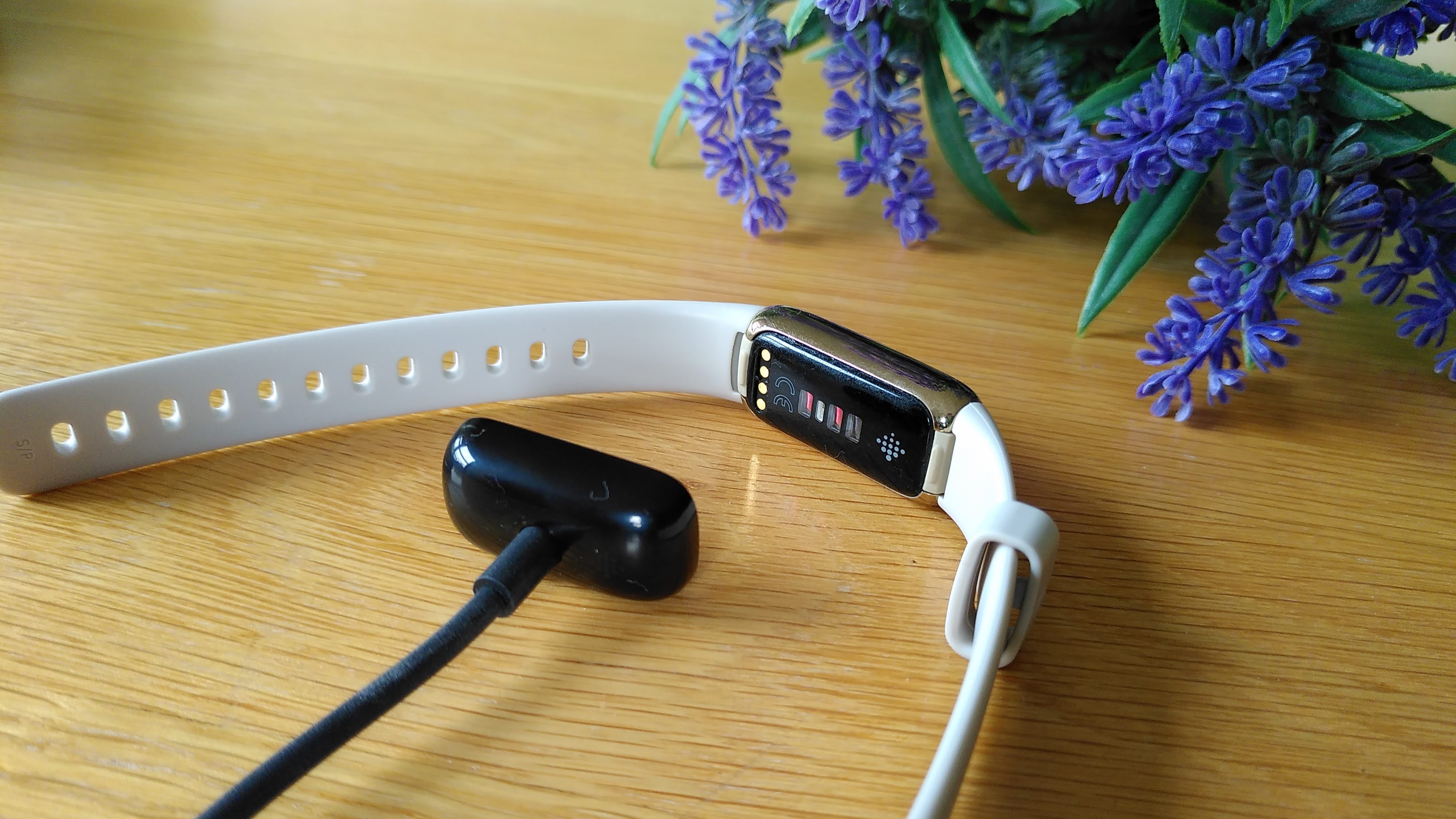
The low-power nature of fitness trackers, which don’t come running a full operating system like watchOS and WearOS, means they can last a lot longer – which is essential for fitness and sleep tracking.
Having one less device to charge before you go out for a run is nice, but the real reward here is for sleep tracking, or being able to wear your band-style fitness tracker from night to day to night again, accurately recording your sleep, heart health, step count and workouts to better inform its recovery information algorithms.
The Apple Watch Series 10, one of the best Apple Watches and the most recent entry into Apple’s main smartwatch series, lasts just 18 hours (albeit it fast-charges to full in under an hour). In contrast, the Fitbit Inspire 3 lasts a week, while the Xiaomi Mi Band 9 will power you through an incredible 21 days.
2. They’re cheaper than other wearables
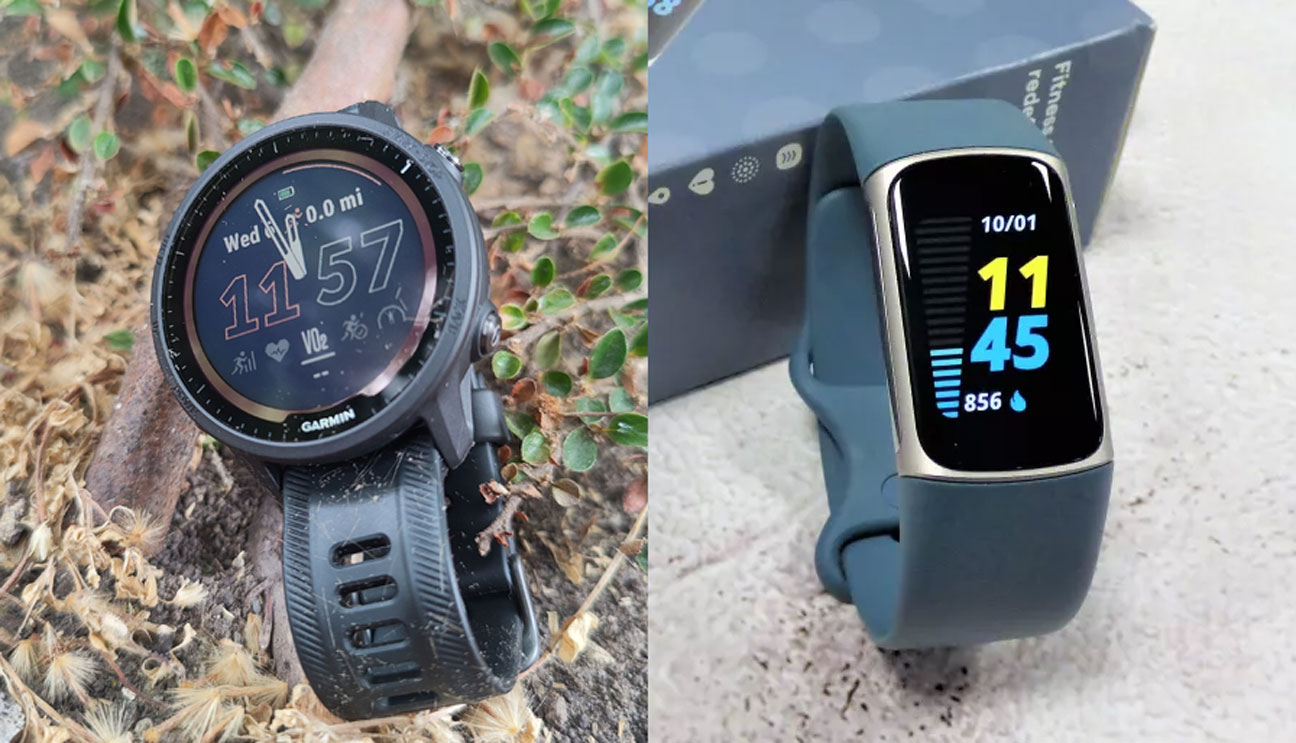
With no third-party apps, full operating systems, their smaller screens and fewer communication features, such as a speaker and microphone, the focus on fitness tracking and the slender form factor means that fitness trackers are sold for a much lower price point than most smartwatches or smart rings.
While some of the best cheap smartwatches are sold at a low price point, these are often fitness-oriented in the first place, making them little more than fitness trackers sporting a watch-style screen, instead of the slim rectangle we’re used to seeing.
It’s no secret that there’s a global recession, and everyone’s feeling the pinch. As such, more affordable personal technology solutions are likely to become more popular. Samsung has recently decided to supplement its Galaxy Watch line with a cheaper Samsung Galaxy Watch FE and the super-affordable Samsung Galaxy Fit 3 band-style tracker, perhaps in an effort to keep even wallet-conscious tech fans in its wearables ecosystem.
3. Flexibility in how you wear them
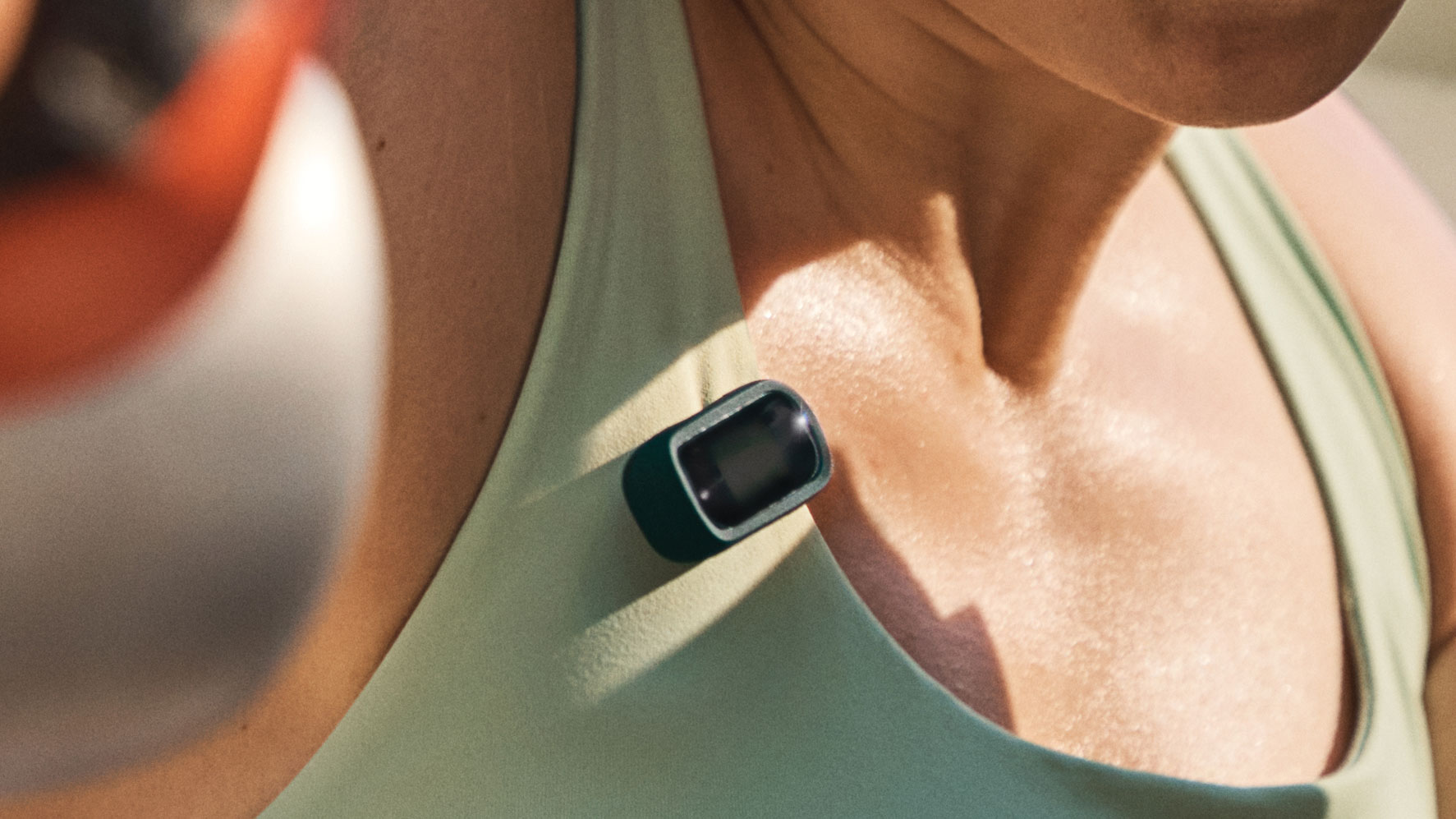
The Fitbit Inspire 3, Fitbit Luxe, Xiaomi Mi Watch Band 9, and other trackers like them can be detached from their bands completely, offering different ways to wear them. It harks back to Fitbit’s origins as the original digital pedometer that used to be clipped onto a belt, and it’s nice to see this design focus remains.
Such devices can be clipped to an item of clothing to allow the tracker’s gyroscope and other sensors to continue counting your steps and estimating calorie burn, even when not on your wrist.
This is great for people who like to wear an analog watch, for example, or those who might not want to wear anything around their wrists while working out – climbers, for instance, who don’t want a watch band that could catch on a rock face, or boxers who need to wear gloves and wraps around their wrists instead. Xiaomi’s Band 9 can even be clipped onto your shoe, providing more advanced running metrics.
4. Specs have improved since the fitness tracker’s heyday
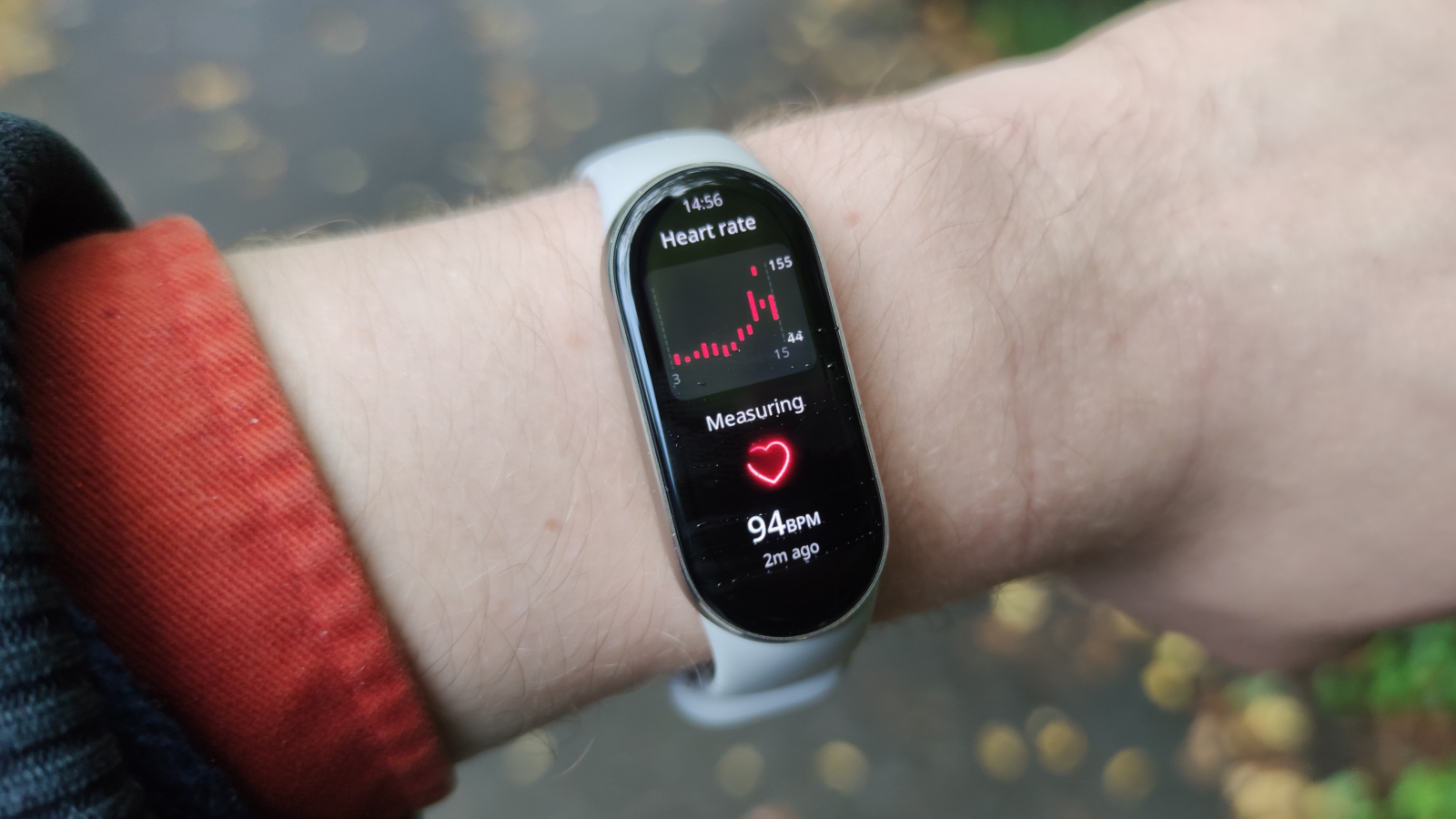
Back in the day, fitness trackers used to arrive with tiny, black-and-white screens, often dwarfed by more expensive AMOLED smartwatches. However, as the tech has improved and become cheaper to produce, that’s changed. Fitness trackers now boast full-color AMOLED screens, and the advance in sensor technology means heart rate and step count accuracy has improved markedly over the years.
Software improvements, such as Huawei’s continuously updating TruSense algorithms, also assist in providing greater accuracy. GPS can often be found on fitness trackers costing around and over the $100 / £100 / AU$160, such as the Fitbit Charge 6 and the five-star Amazfit Active 2.
Even the casing, once made of cheap plastic, now tends to be a more premium-feeling aluminum as the prices creep up to triple figures.
5. They’re more comfortable for sleeping
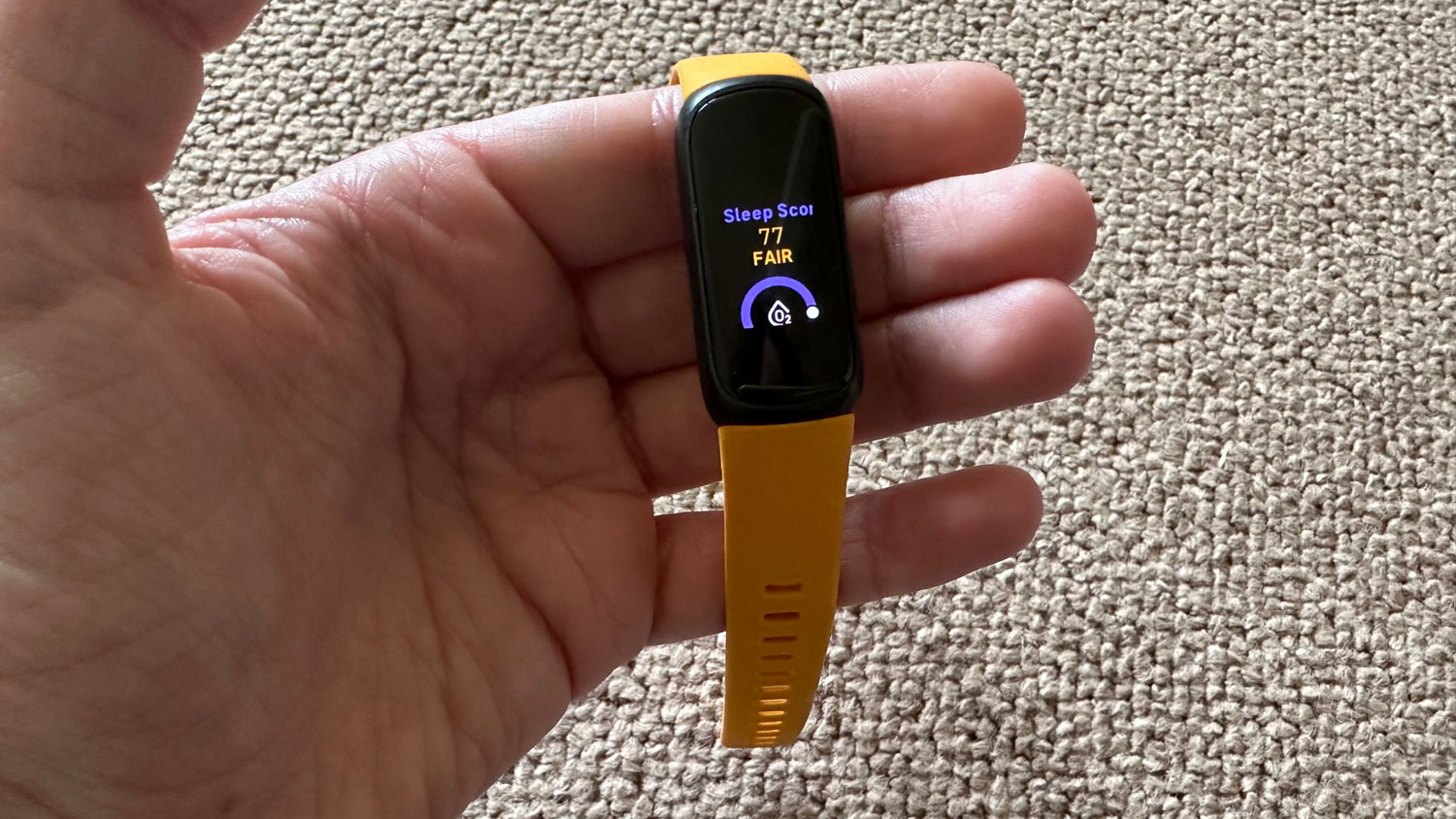
Lastly, the slender, lighter, mostly plastic-and-silicone form factor of fitness trackers is far more comfortable to wear overnight for sleep tracking than a bulky smartwatch.
While a fitness tracker probably isn’t quite as comfortable as the Oura Ring 4, Samsung Galaxy Ring or the other best sleep trackers, for those who find themselves very aware of any adornments they might be wearing while they sleep, a slim Fitbit Inspire 3 will prove better than a chunky Apple Watch Ultra.

